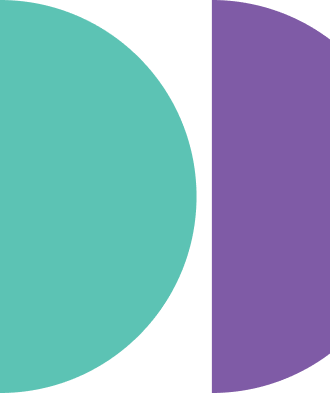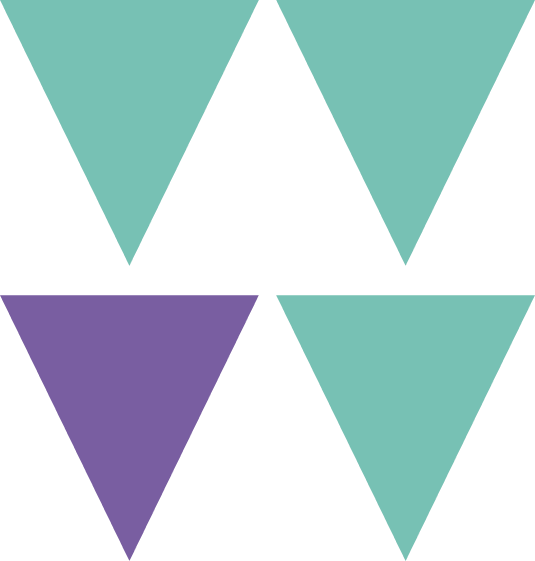Over the past few months, the world has definitely shifted to a new normal, and that has implications for employees, companies, and brands as well as the public at large. So, as the landscape is shifting beneath our feet, it is an excellent opportunity to employ the talents and skills of Design Thinking to allow you to redesign what is no longer giving your clients a remarkable experience.
Employ Empathy: Get to the very heart of what is of importance for your clients.
As Design Thinkers, we always begin with the ultimate user, and these are usually humans. It is only through a deep understanding of what motivates and drives their behaviour that you can successfully begin to design an effective solution. Design Thinkers are inspired to capture the emotions, values, and deep needs of what their users are attempting to achieve with each of their interactions with our organization or our competitors’ organizations.
A pandemic has significant impacts on not only the behaviours of consumers, but their values, their fears, and the sentiment they now attached to what were once mundane and trivial activities. One only needs to think about what was once a casual trip to the grocery store to compare the old normal to the new. There has been a significant shift to the non-physical, to the digital. The shifting landscape of our perceptions of everyday items has fundamentally changed, be it the protection of our health [including our friends and family] what constitutes a work environment, what risks are and are not acceptable, and what really matters when considering all things that matter to you. Everyone’s values are starting to shift to adapt, and as designers, we must move with them and, if possible, in advance of their needs.
This shift impacts brands, as they move about in a commercial space where judgements are being made about how helpful or hurtful you are in this new space. What customers are thinking and saying about you, your sector, your competitors have significantly changed. In this new environment, your principles and values are being judged like never before. The question is, are you measuring up?
Client Experience Matters: Getting back to remarkable experiences.
So as we work to put humans at the centre of our designs and as we go beyond the cosmetic and the obvious and strive to exceed our client’s expectations, we are endeavouring to create remarkable experiences and maybe, just maybe, put a little joy back into the world. This crisis (or opportunity?) has impacted user experiences and generally not for the better across all the various consumer touchpoints. It is evident to us that digital has made huge leaps as a channel, and it isn’t something we see diminishing anytime soon. As more and more activity occurs in an online environment – there is little appetite for slow, lazy, high-friction experiences. You are being judged not only by your competitors’ interactions but also by the best-designed interactions from the full experience of your users regardless of where they interact. Can your organization stand up to the comparison to the best designed digital and physical experiences, and how long do you think your less than remarkable experience will be tolerated? Curious, do you think your clients will allow you to keep them standing in line this winter or as the rain begins its incessant downpour here in Vancouver. Methinks not. The company with the best experience will win. Are you starting to build yours?
I have seen most of the physical new design thinking focused on the safety aspects of environments, be it Plexiglass, rapid adoption of contact payments, the refusal of cash, the marking of safe distancing, and capacity management of spaces. All these serve as a constant reminder that our world is now dangerous and even deadly to those you return home to. Consumers are now requesting visibility as to the source and handling methods of the items they interact with—supply chains matter. Your partners are impacting your brands
Solutions Matters: Finding a way forward.
As a long-time practitioner and adamant believer in the power of human-centric design, I can see the tremendous opportunity before us to reconsider our approach to how things should be and could be to serve humanity better. As my Stanford professor said … All things are designed … just some are done rather poorly [okay, he didn’t use the word poorly, but this is being put on my corporate blog – so it’s language appropriate]. We can all build sustainable, trustworthy solutions together and resolve both new and old issues that no longer have a place in our society. Design Thinking can give us all a better world.
As a part of our ‘giving back’ program here at Aequilibrium, we offer design thinking programs throughout the year and recently completed one with a group of credit union clients on how they could adapt to the new normal. So, if you are interested in a free {yes, I said free} intensive 3-hour interactive course where we will put your through the process of design thinking, and you will come out the other side a power designer by the end of the day – I guarantee it. In addition, I will equip you with all the materials and skill set you need to carry it back to your world – send me an email ([email protected]), and I’ll make sure you get an invite.





